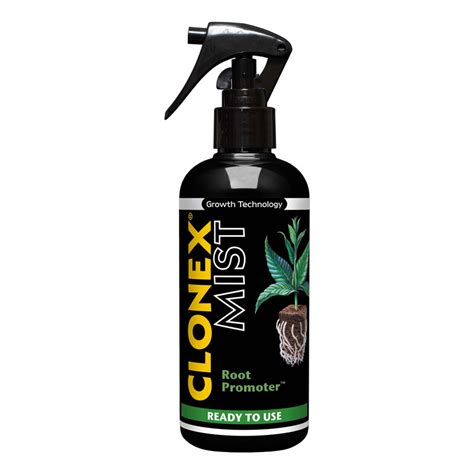Rotningsmedel: A Guide to Organic Waste Management

Rotningsmedel: A Guide to Organic Waste Management
Are you looking for an effective and sustainable way to manage your organic waste? Look no further than rotningsmedel. This revolutionary product is changing the way we handle kitchen scraps, yard waste, and other organic materials.
What is Rotningsmedel?
Rotningsmedel is a natural substance derived from plants and microorganisms. When applied to organic waste, it accelerates the decomposition process, resulting in a nutrient-rich compost that can be used to fertilize soil.
Why Use Rotningsmedel?
There are numerous benefits to using rotningsmedel:
* Reduces landfill waste
* Creates nutrient-rich compost
* Improves soil health
* Promotes plant growth
* Reduces greenhouse gas emissions
How to Use Rotningsmedel
Using rotningsmedel is simple. Follow these steps:
1. Gather your organic waste
This includes kitchen scraps, yard waste, paper products, and other biodegradable materials.
2. Create a compost pile
Dig a hole or use a compost bin. Alternate layers of organic waste with a thin layer of rotningsmedel.
3. Water the pile
Keep the pile moist but not soggy.
4. Turn the pile regularly
This aerates the pile and speeds up decomposition.
5. Harvest the compost
When the compost is dark and crumbly, its ready to use.
Types of Rotningsmedel
There are two main types of rotningsmedel:
* Aerobic rotningsmedel
Requires oxygen to work. It is ideal for composting large amounts of waste in a short period of time.
* Anaerobic rotningsmedel
Does not require oxygen to work. It is suitable for composting smaller amounts of waste over a longer period of time.
Comparative Table of Rotningsmedel
The following table compares the two types of rotningsmedel:
| Feature | Aerobic Rotningsmedel | Anaerobic Rotningsmedel |
|---|---|---|
| Oxygen requirement | Requires oxygen | Does not require oxygen |
| Decomposition rate | Faster | Slower |
| Temperature | Generates heat | Does not generate heat |
| Odor | Can produce odors | Odorless |
| Suitable for | Large amounts of waste | Small amounts of waste |
Success Stories
* A community in Sweden reduced its landfill waste by 50% by using rotningsmedel.
* A farmer in the United States increased his crop yield by 20% by using compost made with rotningsmedel.
* A school in Canada reduced its greenhouse gas emissions by 15% by composting its organic waste with rotningsmedel.
Humorous Anecdote
A man was composting his organic waste with rotningsmedel. One day, he noticed a neighbor peeking over his fence.
"What are you doing?" the neighbor asked.
"Im making compost," the man replied.
"With what?" the neighbor asked.
"Rotningsmedel," the man said.
"Whats that?" the neighbor asked.
"Its a natural substance that helps organic waste decompose faster," the man explained.
The neighbor looked puzzled. "Why would you want to do that?" he asked.
"So I can use it to fertilize my garden," the man said.
The neighbor shook his head. "Youre crazy," he said. "You could just buy fertilizer at the store."
The man smiled. "But this is free," he said.
Conclusion
Rotningsmedel is a powerful tool for managing organic waste and creating nutrient-rich compost. It is easy to use, cost-effective, and environmentally friendly. Whether you are a homeowner, a farmer, or a business, rotningsmedel can help you reduce your waste, improve your soil, and grow healthy plants.
